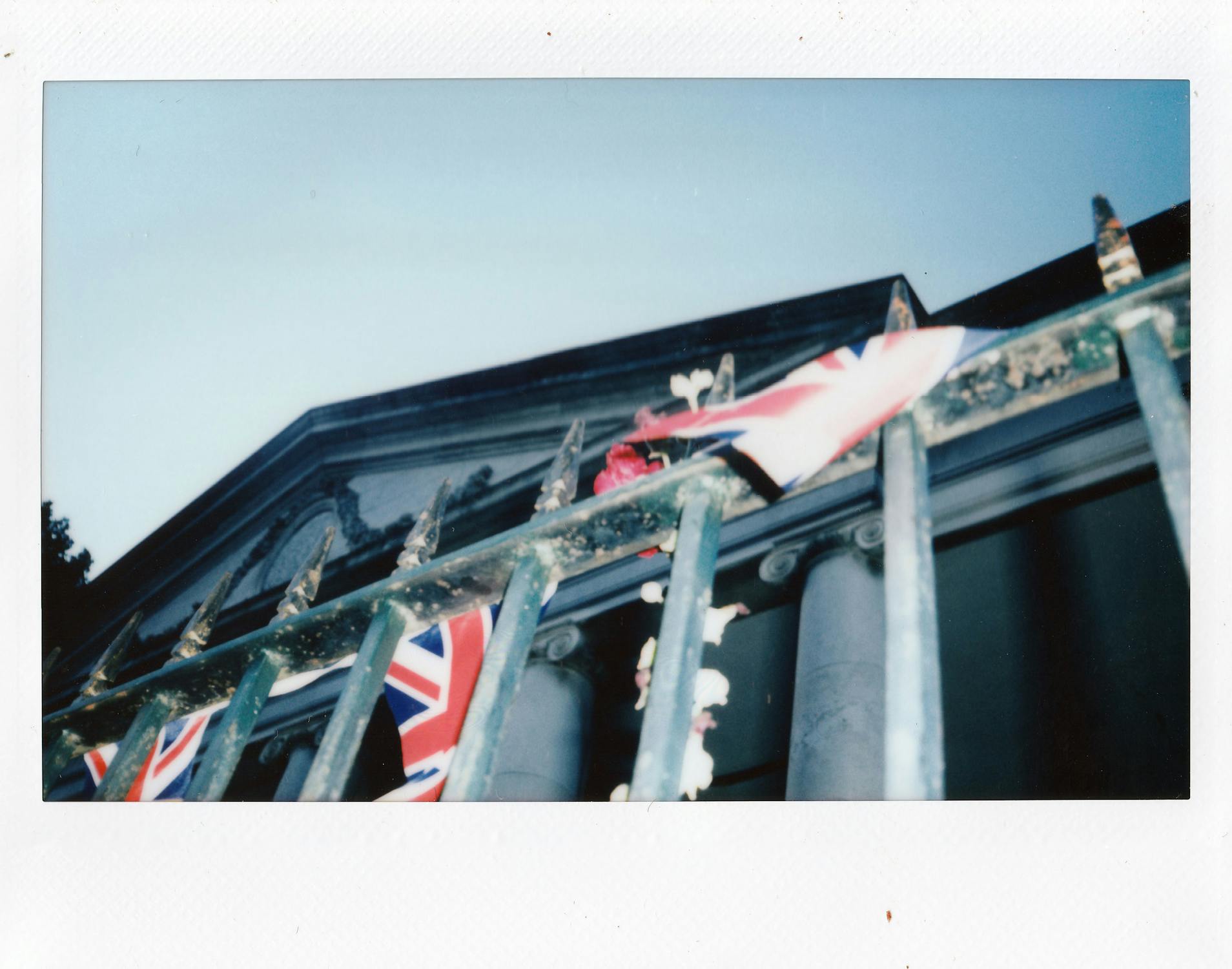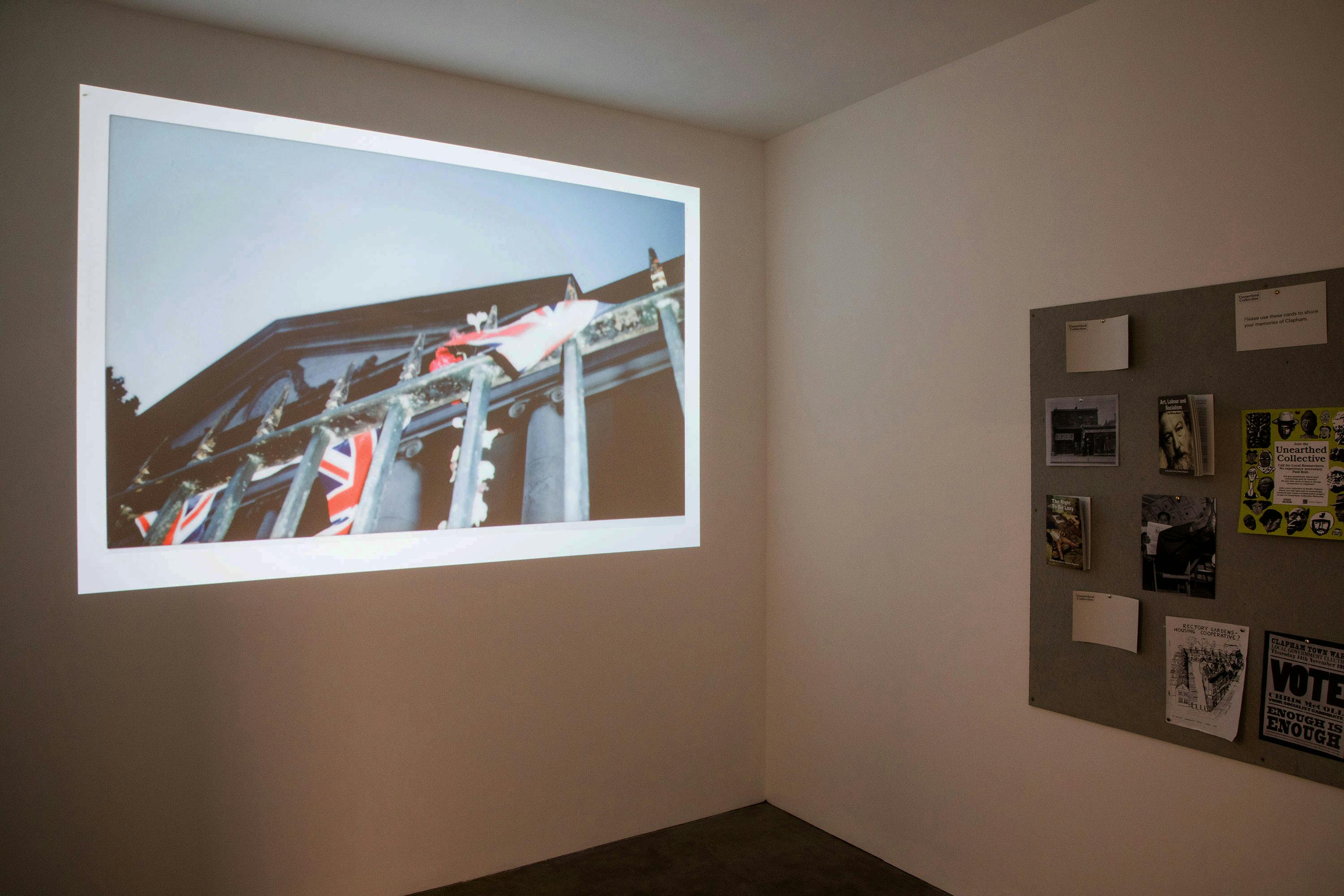Ariel Collier is a budding art historian, prioritising art made by queer and Black artists in the UK and America. Ariel is interested in how phenomenology can be used to interpret diverse pieces of work and how the experience of art can impact the lives of viewers. You can read more of Ariel's work on her blog here.

Where Will Our Stories Be Heard?
Critical Fabulation by Ariel Collier
Ariel Collier, one of the members of Unearthed Collective, takes us on a creative wander through Battersea and Clapham, touching on some of the conversations that have taken place through walks and meetings over the last ten months and the histories unearthed.
Hello there, my name is Nalla P. Mack. You may know my ancestral inspiration, Phillis Wheatley, or perhaps you do not. Even with so much access, it seems like our stories are being lost every day in the 21st century despite all of these new techno gizmos.
You know what! I just had a thought! Why don’t I take you on a walk around Clapham, where Phillis came to visit in 1773, show you how it’s changed more recently, and you can tell a bit about yourself as well. How does that sound?
Great, let’s head to the station.
It would be terrible to not mention Clapham’s Junction Station built in 1856 and why this name was used, despite it being in Battersea, built in 1856.
It is likely that the Clapham part of the name was an attempt to appeal to upperclass passengers, as it sounded posher than Battersea Junction. However, this bit of marketing has led to decades of confusion, with many people, including local shops, convinced they are in Clapham, more than a mile down the road.
Speaking of Battersea, John Richard Archer was the first Black British Mayor of the borough in 1913. He was a lovely man, really, a uniting force within London’s growing pan-African diaspora.
Not far from the station is the Notre Dame Estate built by Robert Thorton and his sons. Back then, in the 1700’s, the property was called Thornton House. I know we’re bouncing around time, but you’ll get used to this nonlinear travel.
The Thornton House included a Georgian greenhouse and entertainment area called ‘The Orangery’, the only structure that remains smack in the middle of a housing estate today. Used to grow plants, the Latin motto on the entablature roughly translates as ‘Here spring is perpetual, and summer extends to months other than her own’.
It would have still been in construction when Miss Wheatly was in town, but luckily, we can see it for her. We can imagine her belting out the beautiful sonnets she crafted on these steps, attracting all types of folk unsure of what this Black American woman was going on about.
Unable to publish her poetry in America as a formerly enslaved person originally from Gambia, Wheatley impressed abolitionists and philanthropists ready and willing to help in her pursuit, one of them being John Thorton. In 1773, she became the first black female published author in the New World.
Fast forward nearly a couple centuries later, in 1941, London is in the middle of World War II; a bomb hits the booking hall at Bank Station, killing 56 civilians. London decided to build bunkers, some of which bunkered down in Clapham.
Let’s head there next!
Although the bunkers had some functionality during the war, many were not completed until the war ended. Naturally, people found alternative uses for it, like housing due to the city’s wreckage, health check-ups and even dinners. One lesser-known use of the space began in 1948, when the Windrush generation came over from Jamaica to help rebuild London, especially in the development of the NHS, and stayed in the shelter temporarily before finding homes and jobs. Instead of being spoken to over an intercom, the recent migrants were harshly woken up by an 18th-century ringing bell to get up and get to work. If you visit now, one of the tour guides might pick you to ring it.
Liveability has had its complications in Clapham for many, many years. Let’s check out the Rectory Gardens Housing Co-operative, a squat-turned-housing co-operative in Clapham’s Old Town, not too far from here.
Once a legally squatted street of homes that hosted artists, musicians, and a progressive community from the 70s throughout the early 2000s, it was evicted and dispersed by Lambeth Council for questionable market-led housing policies in 2014. Some kids who grew up in Rectory Gardens petitioned for a skate park as they were being forced out of their community safe spaces in the 90’s. Winning enough signatures, the first iteration of Clapham Common’s SkatePark was built with metal, a very different look than today’s concrete. It has been refurbished a couple of times over the years. The same thing has happened with the basketball courts. The most recent being Footlockers endorsed revamp that has attracted a new lively crowd to the space.
Did you know that Micheal Jordan came here?! Well, not here here, but to Brixton which is basically Clapham’s next-door neighbour.
Basketball became popular in London after Jamaican and other Caribbean migrants came to London whilst maintaining close contact with their relatives who moved to the States. As basketball was a leading sport in America, naturally, the trend followed here, and the sport picked up more interest in Europe, establishing well-recognised teams and players in France, Spain, and Italy. Some of those players have moved to
Clapham and play and coach on these courts today. There are so many other histories that we can go on and on about, like the Socialist Party on the high street, and even our own history at Studio Voltaire. However, I think it’s time you share your history with me now. Come on, don’t be shy…
Unearthed Collective is a group of artists, curators and neighbours who meet monthly at Studio Voltaire to investigate Clapham’s community and lesser-known twentieth-century history through research, talks, walks and visits.
Unearthed Collective is: Chika Afam, Ally Appau, Ariel Collier, Allysa Gatinao, Lottie Gomes, Mercedes Halliday, Paul Halliday, Kate McKenzie and Jodi Miller.
Where can we be heard? forms part of Unearthed: Collective Histories - a twelve-month pilot programme of commissions, workshops and events uncovering the overlooked 20th Century histories of Studio Voltaire’s locality supported by Historic England, Hartfield Foundation and This is Clapham.



